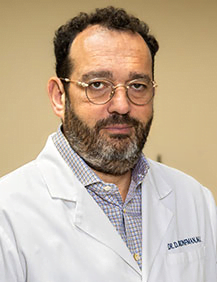The Only NYS Approved by
DOH Surgical Facility
*Same Day Appointments & Walk-Ins Welcome
The Only NYS Approved by
DOH Surgical Facility
*Same Day Appointments & Walk-Ins Welcome
The abortion pill is often confused with the morning after pill or Plan B. They are not the same thing. Plan B is only to be used in the case of an emergency after unprotected sex and not for regular birth control purposes. It works by preventing the egg from implanting in the uterine wall if a woman is ovulating or will prevent the egg from releasing from the ovum if a woman has not begun ovulating. The morning after pill must be taken within 72 hours of unprotected intercourse in order to work and will not work at all if a woman is already pregnant.
It is often recommended to take a pregnancy test first to ensure that a pregnancy did not occur. It is not the abortion pill and will not work if a woman is already pregnant. This is very important for women to understand. RU 486, also known as the abortion pill, is a non surgical approach for ending an early pregnancy up to 8 weeks in comfort and privacy. The abortion pill works by blocking a hormone needed for pregnancy to continue. This means that the pregnancy is essentially terminated. However, a second medication is needed as well in order to finish the procedure.
Office visits are conducted to ensure that the procedure went according to plan and that the pregnancy has been terminated. Once the pill has been started, the process must be completed. There is no backing out of the process so women must be absolutely sure of their decision to terminate their pregnancy. Before and after the procedure, a counseling session is offered to help women cope with their decision and lets them know what options are available to them.
With any first trimester method of abortion, a small risk exists of failure to terminate pregnancy, necessitating another procedure: D&C. Dilatation and Curettage refers to widening the cervix and scraping part of the lining of the uterus to assist in removing the fetus of an aborted pregnancy. This is also done with a spontaneous abortion when the body does not fully rid itself of the remains of the dead fetus.
To perform a D&C, a heavy amount of sedation needs to be used and more complications exist. This has led to the decrease in use of D&C in first trimester abortions. It has also become less common due to the innovation of medical and non-invasive forms of abortion.
Contact us now if you have more questions or visit our Abortion Pill page for more information

Dmitry Bronfman, MD, is a board-certified gynecologist who specializes in all aspects of contemporary women’s health, preventive medicine, pelvic pain, minimally invasive and robotic surgery, and general, adolescent, and menopausal gynecology.
Brooklyn Abortion Clinic